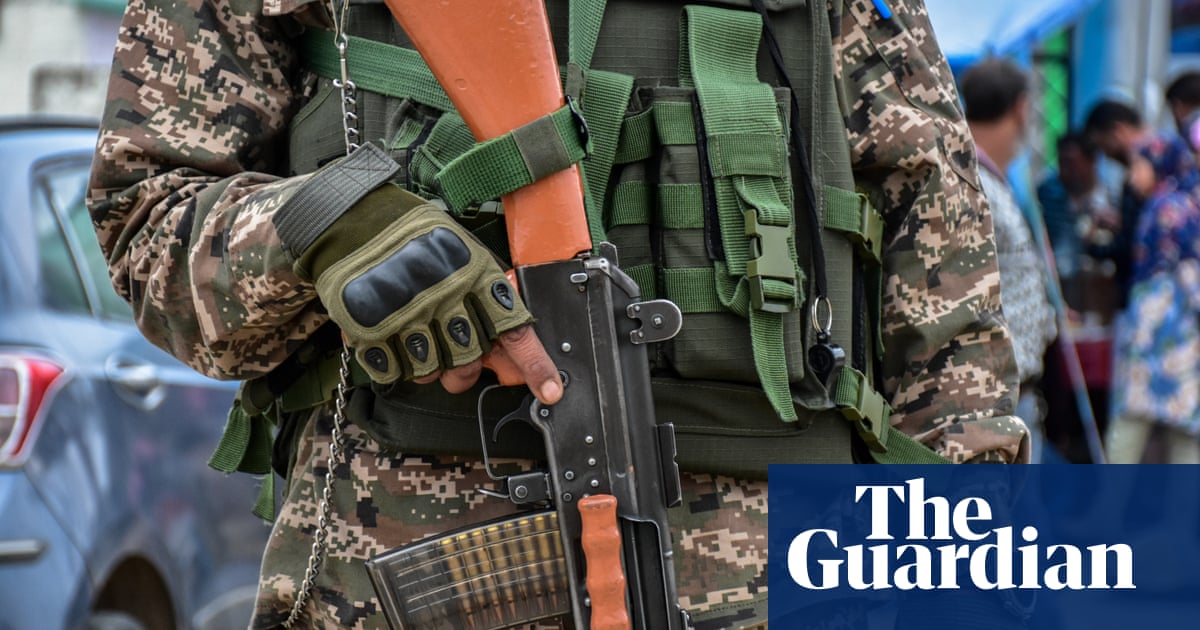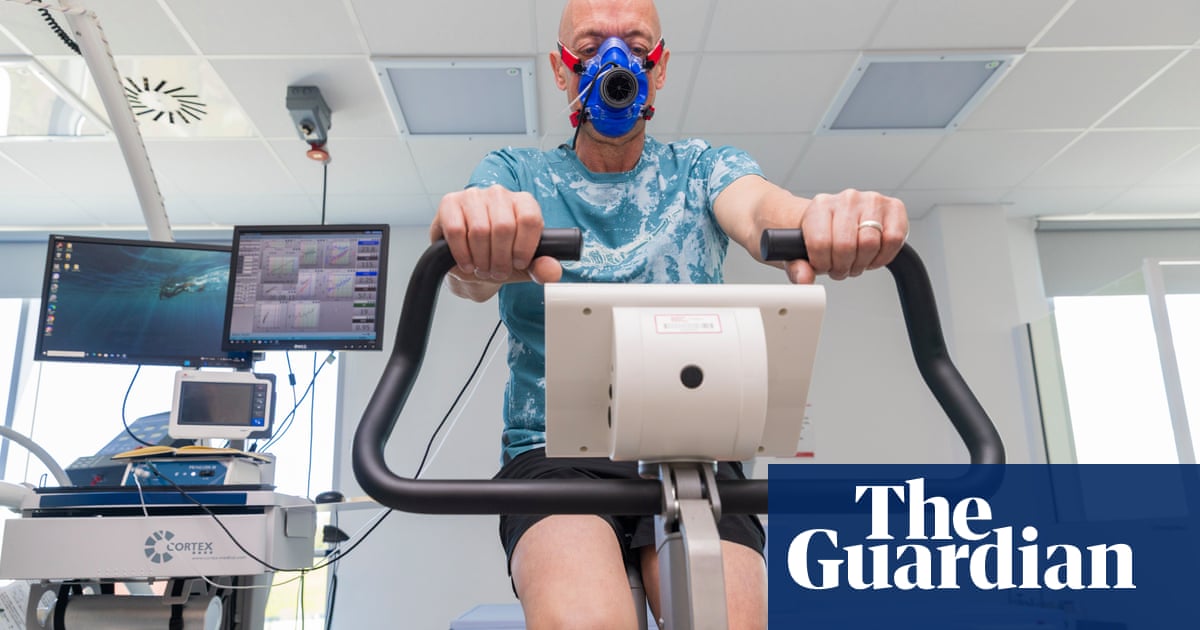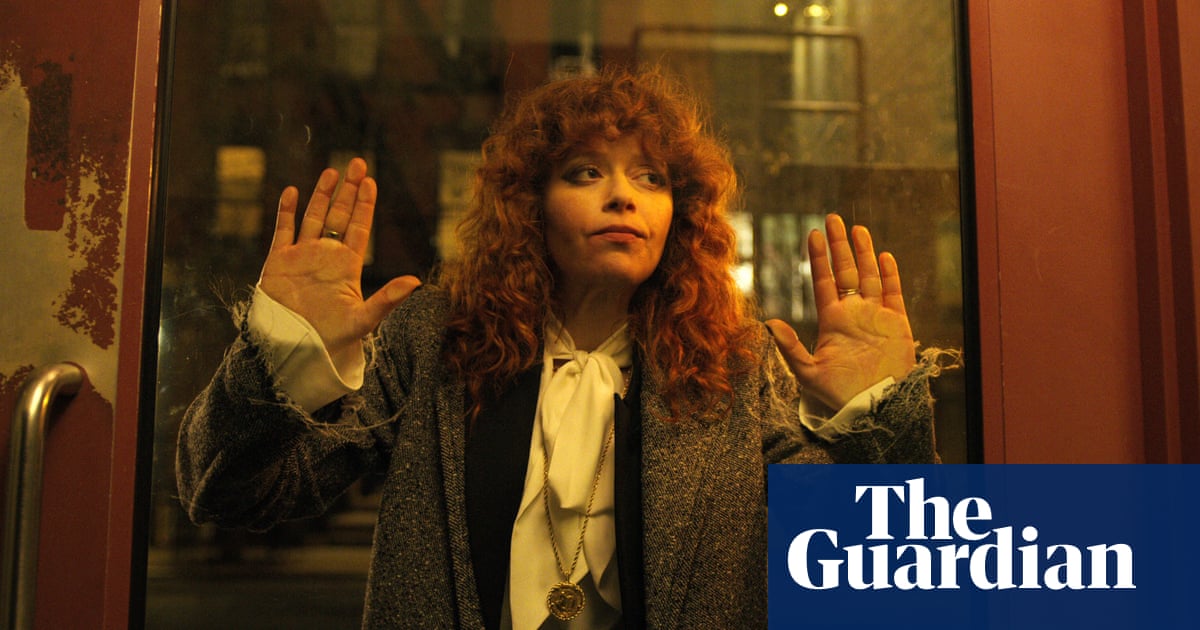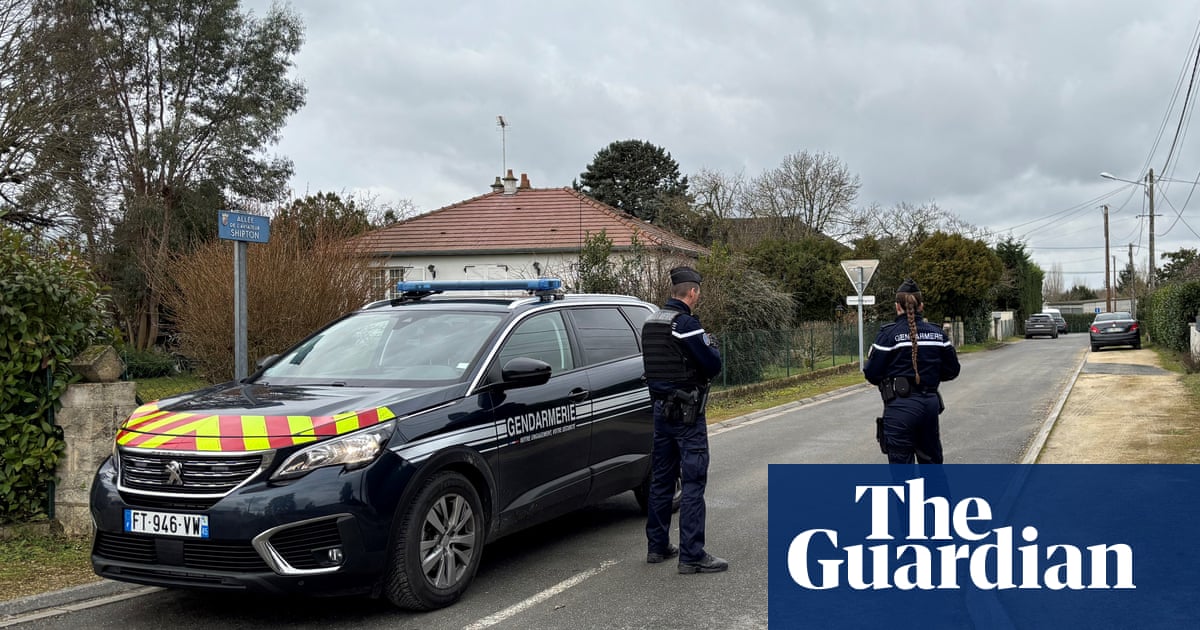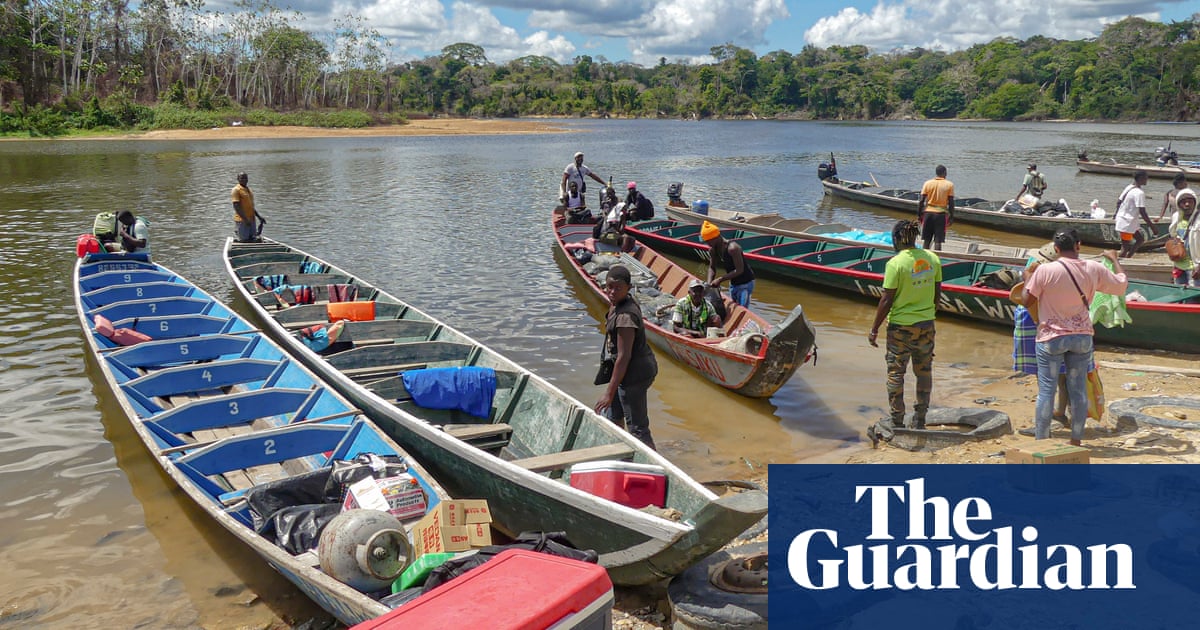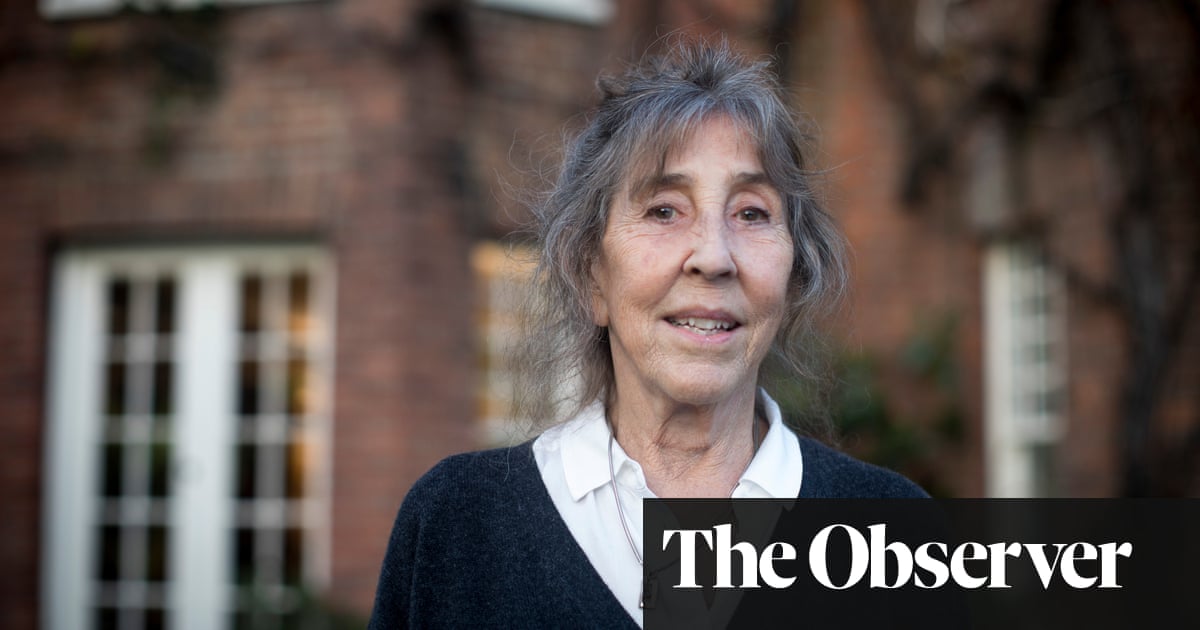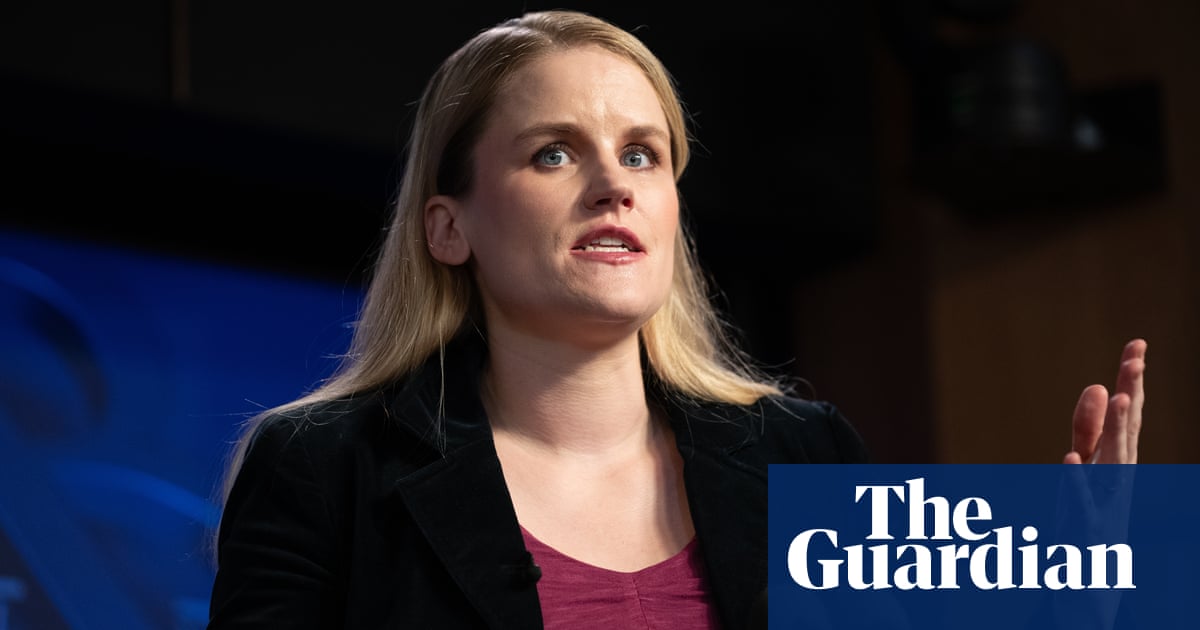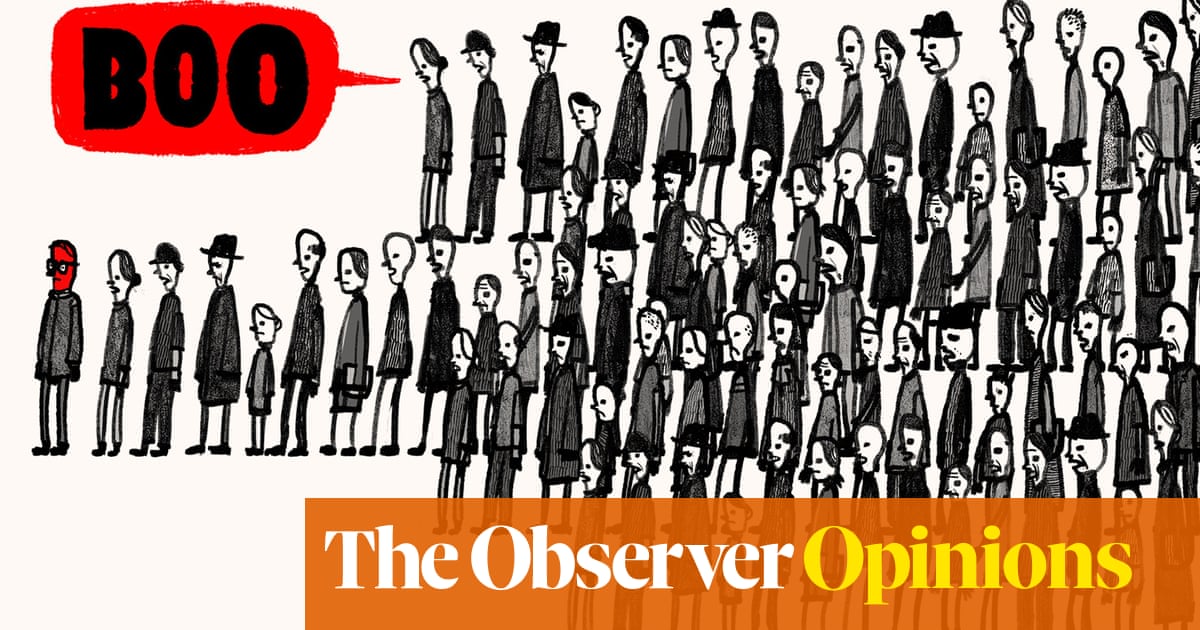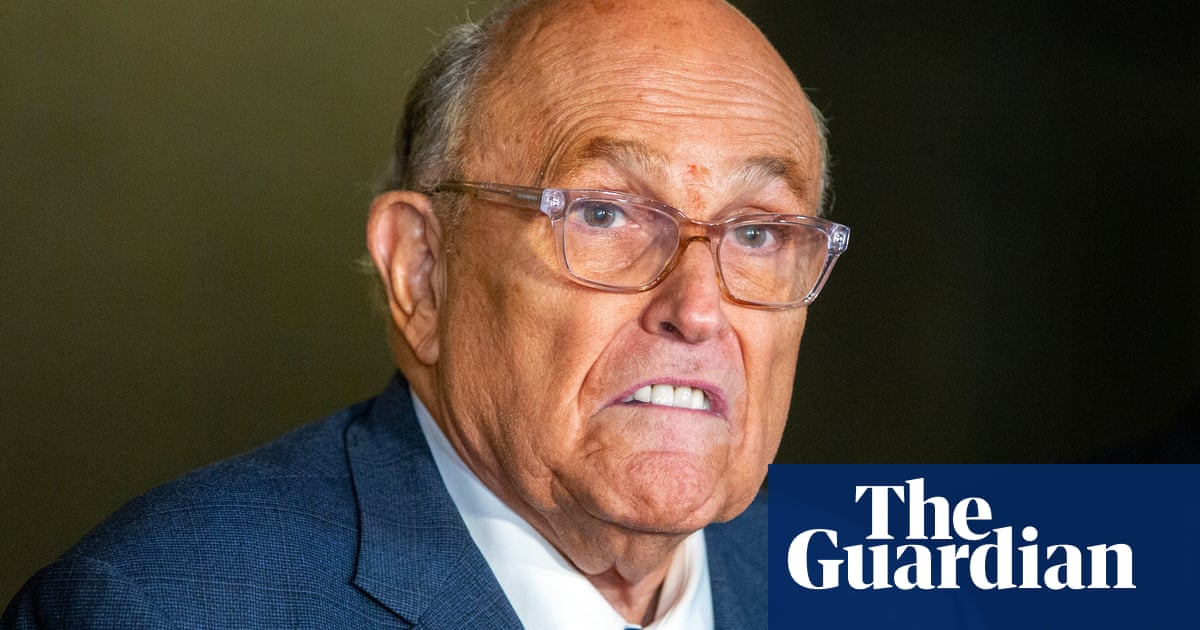Thousands of victims of abuse in juvenile facilities and foster homes across Los Angeles are being compensated for decades of mistreatment in a historic settlement, but some say the money will never rectify a system that hurt vulnerable children and protected their abusers.
LA county officials this week unanimously approved a landmark $4bn settlement to address nearly 7,000 claims of sexual abuse at county-run facilities. Some of those claims date back to the 1950s, but most took place throughout the 1980s through the 2000s. The payout is the largest of its kind in US history.
Many of the claims centered around an county-run foster home for young Angelenos, the shuttered MacLaren children’s center. The facility, which opened in 1961 as a temporary shelter for youth waiting to be placed in foster care, ended up overcrowded, with many children staying for months rather than the days they were otherwise meant to be there.
Over the decades, victims described being drugged and abused by carers, as well as threats of retaliation if they came forward. Many remembered periods of violence and said memories of their experiences had stayed with them throughout their lives.

A grand jury report later found the center had hired employees with criminal records.
MacLaren children’s center closed in 2003 amid years of concerns from civil rights groups and a lawsuit from the ACLU. No one has been arrested in connection with the abuses committed there, but officials have said a small number of cases have been referred to the district attorney for investigation.
Jimmy Vigil, now a mental health case manager in California, was incarcerated at another facility, the Los Padrinos Juvenile Hall, when he was 14. He described abuse by a physician who ordered him locked in handcuffs for hours when he called out for help.
Staff members, Vigil said, would arrange for new residents to clash with others in makeshift gangs to “watch us fight”. When he tried to file a complaint with a case manager, she advised him to “pick [his] battles wisely” and disconnected a call with his mother as he tried to detail his mistreatment.
“It doesn’t make me feel any sense of relief,” Vigil, 45, told the Guardian of the settlement deal. “It doesn’t undo anything. I went through some ordeals while I was incarcerated as an adolescent that required me to participate in years and years of therapy.”
“The way that the probationary staff ran that system, it was making us worse,” he added. “The irony is they called us monsters, [but] they created those monsters. They did not focus on rehab; they didn’t focus on therapy; they did not focus on teaching young men and women a better path.”
Kathryn Barger, a Los Angeles county supervisor, said the settlement was “unlike any other we have seen” and that she never imagined “those hired to protect and serve our most vulnerable could so profoundly betray their duty”.
“This recommendation is historic, and unfortunately, not for good reason,” Barger said in a statement. “This $4bn settlement marks a dark chapter in our history. It attempts to acknowledge and provide compensation for horrific past wrongs.”
“It is a sobering reckoning,” she went on. “An indictment of abuses of power by individuals who were trusted to protect our youth, a reflection of failed oversight systems, and a painful reminder of how vulnerable voices were ignored or silenced.”
Barger added the county would now face a great challenge to rebuild the public’s trust in its ability to protect the most vulnerable across Los Angeles.
The county has proposed reforms it described as major policy and legislative changes, including the creation of a countywide hotline to report child sexual abuse against county employees. The reforms would also see a system created to expedite investigations and allow the county to immediately terminate and refer to law enforcement anyone subject to substantiated allegations.
Vigil said while he was glad reforms would help children currently in the foster system and that money would soon flow to other victims that could benefit from financial support after a lifetime of trauma, closure would not come until those responsible for abuse were held accountable.
“For me the ultimate justice would be, which I know is probably never going to happen, would be to have these individuals that hurt us when we were children to be prosecuted to the fullest extent of the law,” he said. “I feel like they’ve gotten away with this.”
The $4bn settlement came after California made a major change to the statute of limitations for child sexual abuse claims in 2020 and established a three-year “look-back window” to allow victims to file claims for old instances of abuse.
The short window to revive or file new claims led to a surge in lawsuits. Dozens of cases were filed against religious groups, nonprofits and both public and private schools, including against alleged perpetrators who have been dead for decades, according to The Los Angeles Times.
California had previously issued a temporary lift on the statute of limitations in 2003 after the first revelations about widespread abuse within the Catholic Church came to light.
Adam Slater, a lead counsel in the LA county settlement negotiations, said the deal was only possible due to the “bravery of the survivors, the perseverance of counsel, and the willingness of the county of Los Angeles to fully confront its problem head-on and help the generations of children it harmed find closure”.
His firm represented about 3,500 victims, many of whom were placed in MacLaren.
“When our firm filed some of the earliest complaints three years ago, we knew the abuse they described was horrific, traumatic, and widespread, but we truly had no idea about the magnitude of Los Angeles’ institutional sexual abuse problem until we began investigating and other survivors came forward,” Slater said in a statement.
“While no amount of money can erase the horrors that they endured, this agreement acknowledges the profound harm inflicted on thousands of children over the course of decades.”
Fesia Davenport, the chief executive officer of Los Angeles county, apologized on behalf of the county earlier this year.
“The historic scope of this settlement makes clear that we are committed to helping the survivors recover and rebuild their lives – and to making and enforcing the systemic changes needed to keep young people safe,” Davenport said.
She went on to say the deal would be the costliest in the history of the county and would have a “significant” impact on its budget for years. That figure will be paid for from cash reserves, the issuance of court bonds and cuts to the departmental budget.
Annual payments are expected to be in the hundreds of millions of dollars each year through 2030, but the county will still be paying the settlement through the 2050 fiscal year.
The county has an annual budget of about $48bn.
“We are going to be paying hundreds of millions of dollars that could be invested into the communities, into parks, libraries, beaches, public social services, until 2050,” Davenport added to the Los Angeles Times.
Money is expected to flow towards victims beginning in January.

 4 hours ago
4
4 hours ago
4
